There is no denying the fact that data plans give us unrestricted access to web content and apps. While you may be absorbed surfing the internet, your enjoyment can be cut short if you are not aware of the data cap put by your carrier. Once you surpass the capped limit, you might even have to pay extra. This is where you need to track data usage so that you can stay within the capped limit.
Unlike the foreground data where you could still track data usage, tracking may not be easy with the background too. Especially with high-intensive Android apps. In simple words, you might not be using an app, still, it would be consuming some part of data.
Here we shall enlist ways using which you will be able to track data usage and at the same time get rid of all the unnecessary apps and background processes.
Best Ways to Track Data Usage
You may manually tweak data usage settings by following the steps below.
1. Using Phone Settings to Put A Limit on Data Usage
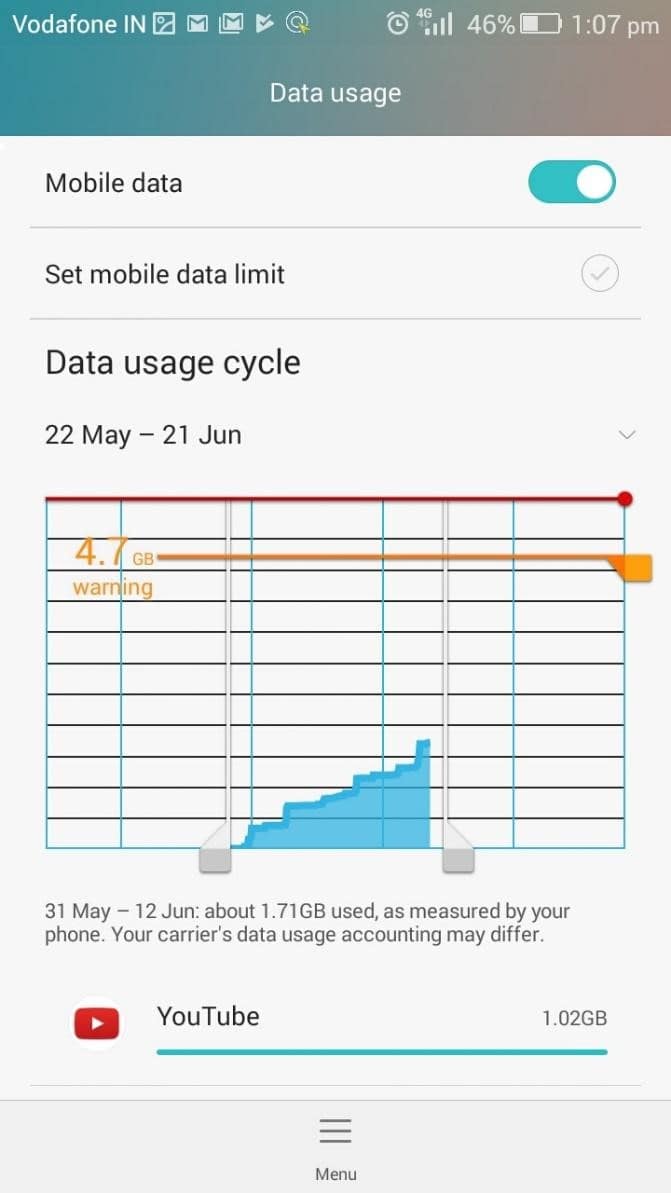
If you fear that you’ll exceed your allotted mobile data, let your smartphone put a check on you. This can especially be beneficial to you if you don’t have an unlimited plan. Using the path below you can set the mobile data limit.
Settings > Network > Data Usage
2. Using Third Party Apps to Track Data Usage
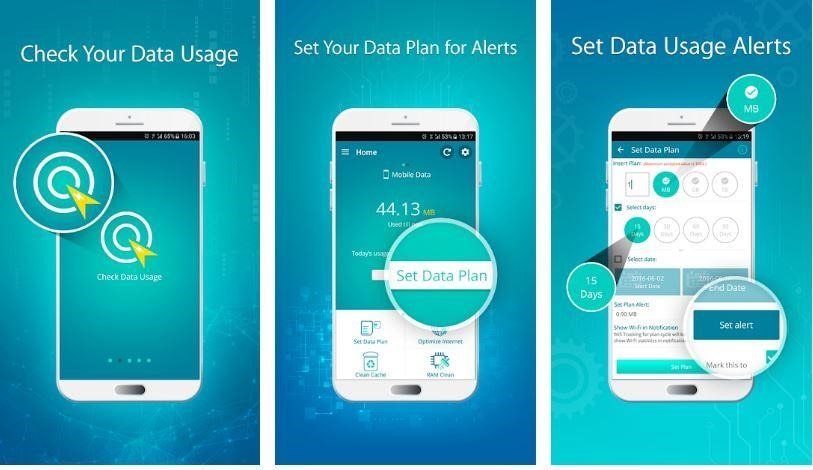
A third-party data tracking app like Check Data Usage is a holistic solution for several problems in a way that it helps you track data usage in real time. After you have exceeded your daily data limit, the app notifies you that you have exceeded your allocated data limit. The data tracking app also lets you clean your RAM and cache takes care of background applications from sucking in huge chunks of your mobile data which further boosts your phone’s performance too.
3. Restrict Background Data
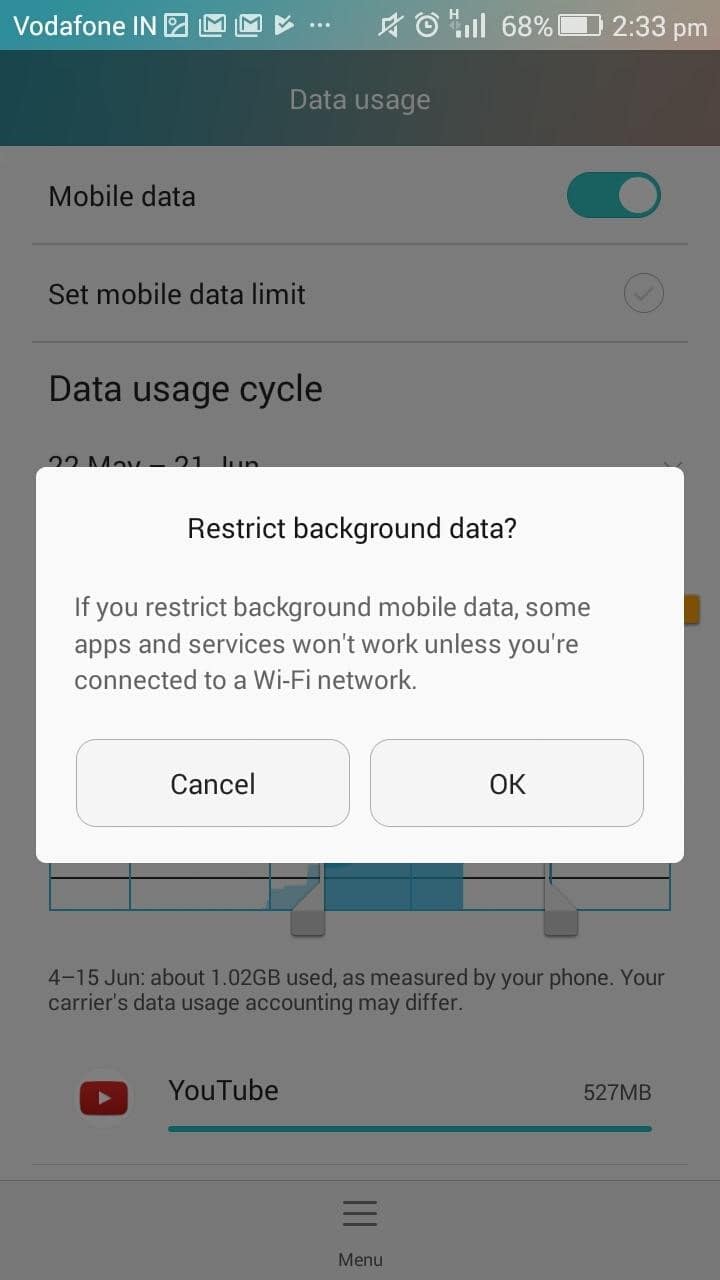
You might be under the intention that since you have closed an app, it must have stopped working. But, the truth is that it keeps on functioning in the background and consumes a lot of data. In turn, you shed a lot of data despite the app/s not coming into use. To stop this, you can go to the exact app that’s running in the background and that’s taking up most data. This can be done by –
Settings> Network > Data Usage > Go to The Particular App > Restrict Background
This process disables any background data from running when your mobile data is on.
Also Read: Curb Your Addiction: The Best Phone Usage Tracker Apps
4. Use Wi-Fi Wherever Possible
When Wi-Fi is so easily available at coffee shops, train stations, shopping malls and many such places frequented by people, why spend extra on mobile data on something that we can get for free. For all data-intensive activities like updating apps, downloading maps, streaming music and videos, syncing data and many such activities, it is preferable that you use Wi-Fi.
5. Use Shared Data Plans
With several carriers in the market that give you an option to join data plans with your friends and family members, you can save your data and thereby, money. For instance, if one of your family members runs out of data, he or she can take data from a family member who has some left unused data.
You might tweak data usage settings once or maybe twice but doing that every time may or may not be a very feasible option. The settings to control or track data usage can sometimes be a little hard to decipher, especially for a less tech-savvy user and that is exactly where a user-friendly data tracking app like Check data usage can help you keep a check on your usage. It’s time that you be in complete control of data you use and get worth every penny you spend on your data plan.
Also Read: Protecting Data Is Everyone’s Responsibility




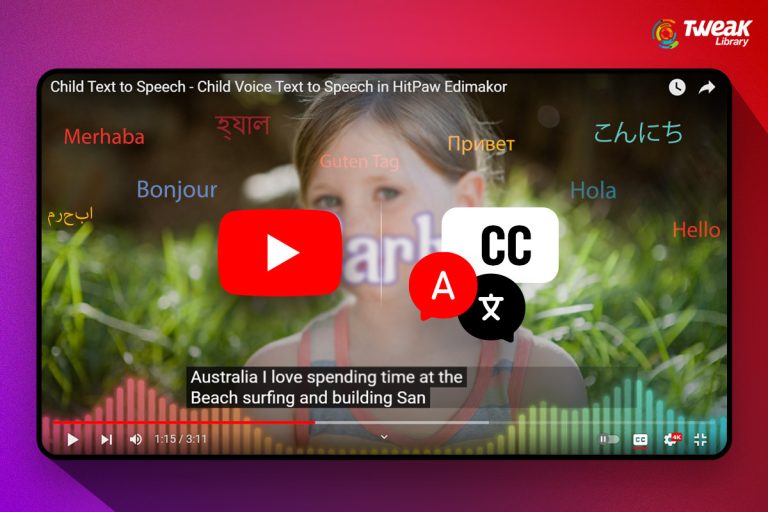

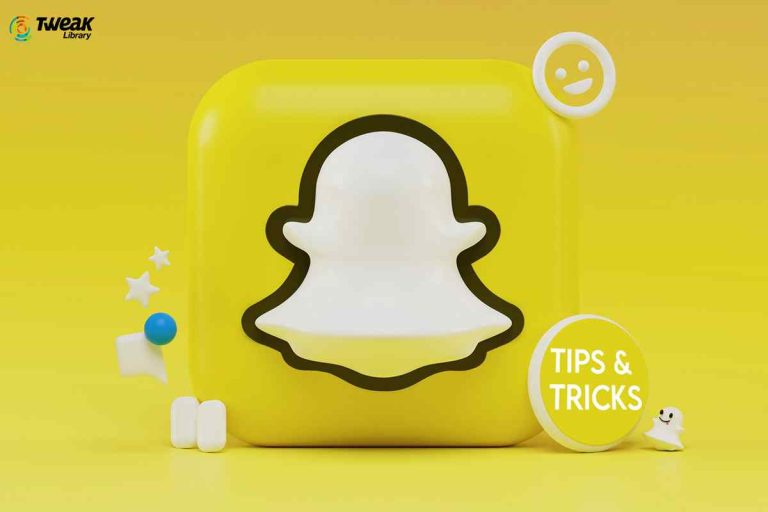
Leave a Reply